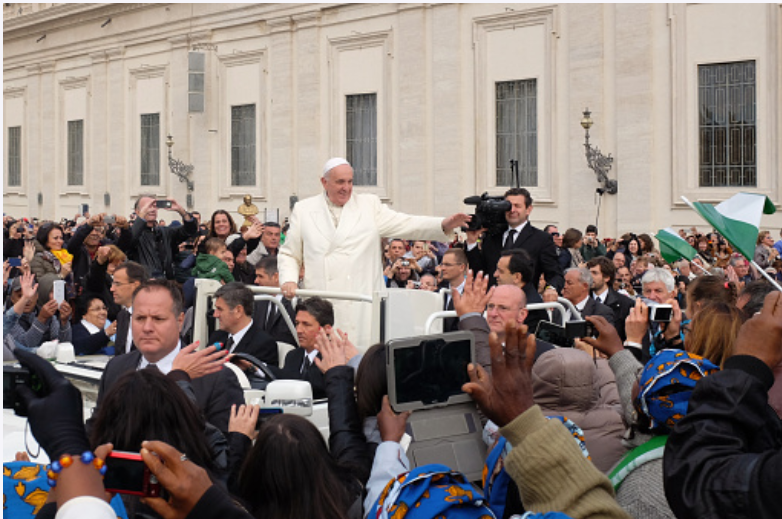This is not the first time Pope Francis has visited an Islamic country: he was in Turkey in 2014, followed by Azerbaijan (2016), Egypt (2017) and Morocco and the United Arab Emirates (2019), where he signed a “document of human brotherhood” together with Islamic leaders. And yet the Pope’s visit to Iraq, which begins Friday, is singular in several respects – and not only because of the precarious security situation and the Corona pandemic, which is anything but under control in Iraq.
The visit is aimed first of all at Christians, and especially at a Christian church that is united with Rome: the Chaldean Catholic Church, headed by the Patriarch of Babylon, Cardinal Louis Raphael I Sako (72). Christianity arrived in the territory of present-day Iraq as early as the 1st century A.D.: It is thus the exact opposite of a Western-imported “crusader” religion that, according to radical Islamists of every stripe – Sunni and Shiite – has no place there.
Number of Christians down
The percentage of Christians in Iraq’s population has steadily declined in recent decades. In the late 1950s, they were a good three percent, even a majority of 60 percent in their ancestral settlement area, the Nineveh Plains. The exodus began with the Iran-Iraq war in 1980, followed by the harsh sanctions years after the Gulf War in 1991.
The big break, however, was the U.S.-led invasion of Iraq in 2003, which toppled the dictatorship of Saddam Hussein, who kept a lid on everything that was happening in the society. Islamist extremism began to make life hell for Christians and other religious minorities. From about 1.5 million Christians in 2003, the number has dropped to less than 300,000 today.
-source: derstandard.at/picture: screenshot – pixabay.com
This post has already been read 1510 times!



